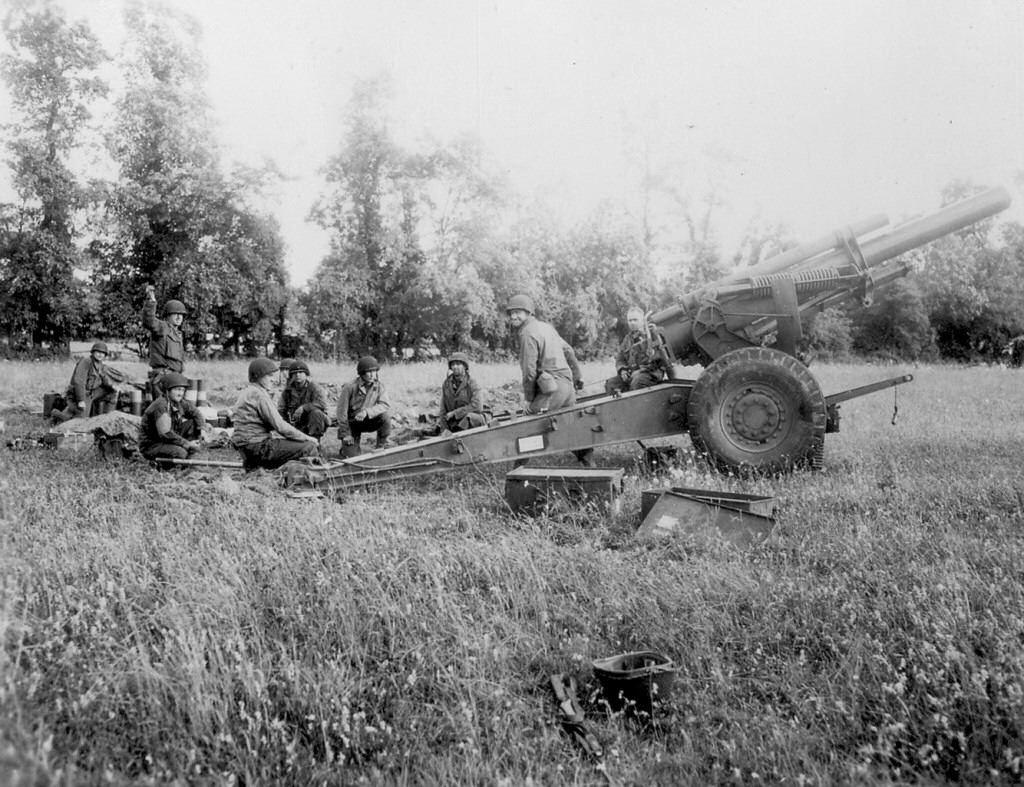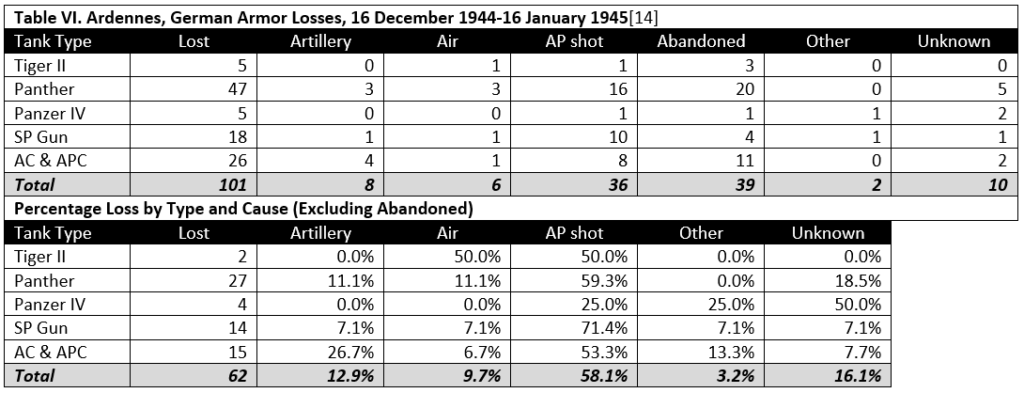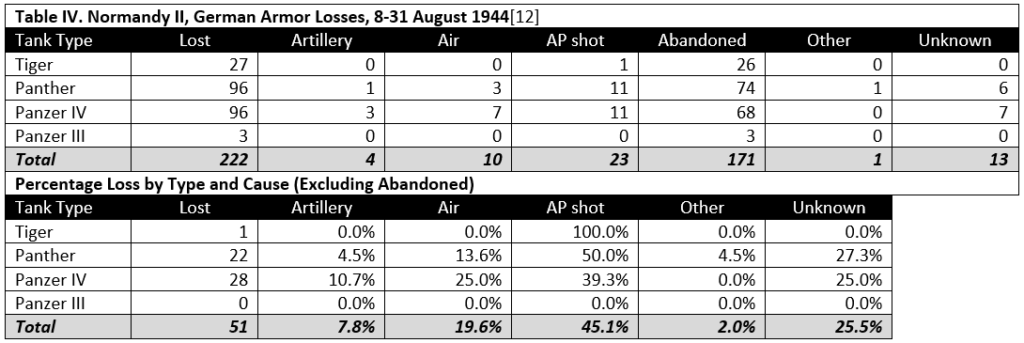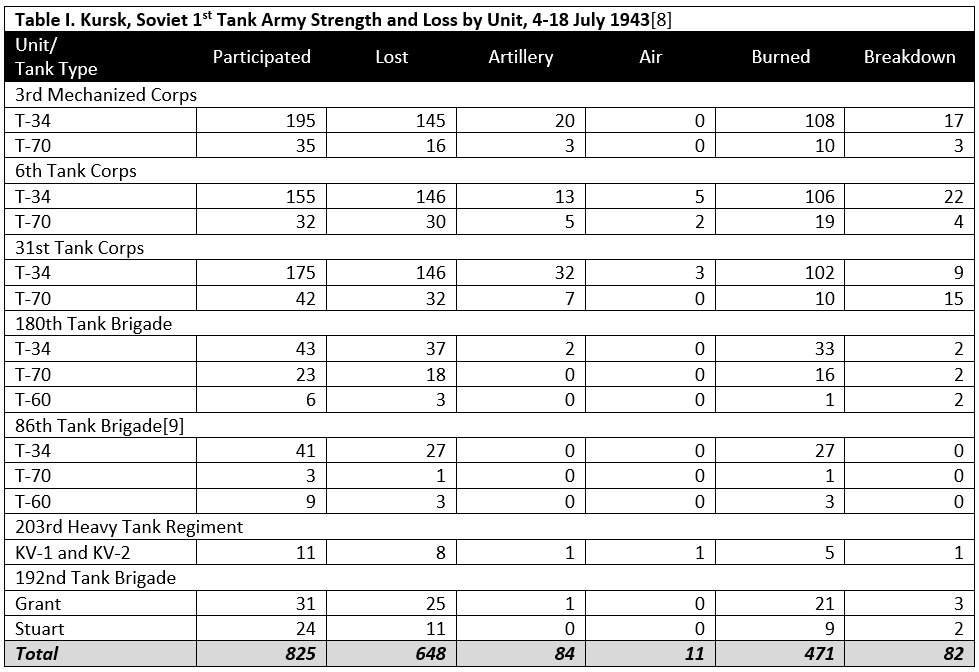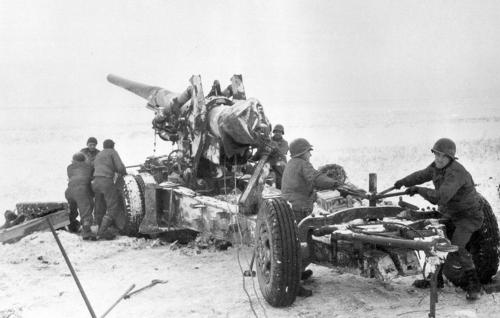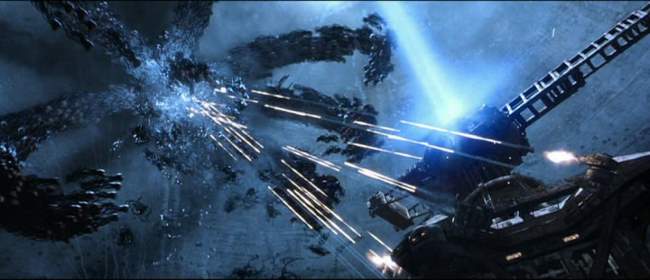 In an insightful essay over at The Strategy Bridge, “Lethality: An Inquiry,” Marine Corps officer Olivia Gerard accomplishes one of the most important, yet most often overlooked, aspects of successfully thinking about and planning for war: questioning a basic assumption. She achieves this by posing a simple question: “What is lethality?”
In an insightful essay over at The Strategy Bridge, “Lethality: An Inquiry,” Marine Corps officer Olivia Gerard accomplishes one of the most important, yet most often overlooked, aspects of successfully thinking about and planning for war: questioning a basic assumption. She achieves this by posing a simple question: “What is lethality?”
Gerard notes that the current U.S. National Defense Strategy is predicated on lethality; as it states: “A more lethal, resilient, and rapidly innovating Joint Force, combined with a robust constellation of allies and partners, will sustain American influence and ensure favorable balances of power that safeguard the free and open international order.” She also identifies the linkage in the strategy between lethality and deterrence via a supporting statement from Deputy Secretary of Defense Patrick Shanahan: “Everything we do is geared toward one goal: maximizing lethality. A lethal force is the strongest deterrent to war.”
After pointing out that the strategy does not define the concept of lethality, Gerard responds to Shanahan’s statement by asking “why?”
She uses this as a jumping off point to examine the meaning of lethality in warfare. Starting from the traditional understanding of lethality as a tactical concept, Gerard walks through the way it has been understood historically. From this, she formulates a construct for understanding the relationship between lethality and strategy:
Organizational lethality emerges from tactical lethality that is institutionally codified. Tactical lethality is nested within organizational lethality, which is nested within strategic lethality. Plugging these terms into an implicit calculus, we can rewrite strategic lethality as the efficacy with which we can form intentional deadly relationships towards targets that can be actualized towards political ends.
To this, Gerard appends two interesting caveats: “Notice first that the organizational component becomes implicit. What remains outside, however, is the intention–a meta-intention–to form these potential deadly relationships in the first place.”
It is the second of these caveats—the intent to connect lethality to a strategic end—that informs Gerard’s conclusion. While the National Defense Strategy does not define the term, she observes that by explicitly leveraging the threat to use lethality to bolster deterrence, it supplies the necessary credibility needed to make deterrence viable. “Proclaiming lethality a core tenet, especially in a public strategic document, is the communication of the threat.”
Gerard’s exploration of lethality and her proposed framework for understanding it provide a very useful way of thinking about the way it relates to warfare. It is definitely worth your time to read.
What might be just as interesting, however, are the caveats to her construct because they encompass a lot of what is problematic about the way the U.S. military thinks—explicitly and implicitly—about tactical lethality and how it is codified into concepts of organizational lethality. (While I have touched on some of those already, Gerard gives more to reflect on. More on that later.)
Gerard also references the definition of lethality Trevor Dupuy developed for his 1964 study of historical trends in weapon lethality. While noting that his definition was too narrow for the purposes of her inquiry, the historical relationship between lethality, casualties, and dispersion on the battlefield Dupuy found in that study formed the basis for his subsequent theories of warfare and models of combat. (I will write more about those in the future as well.)


